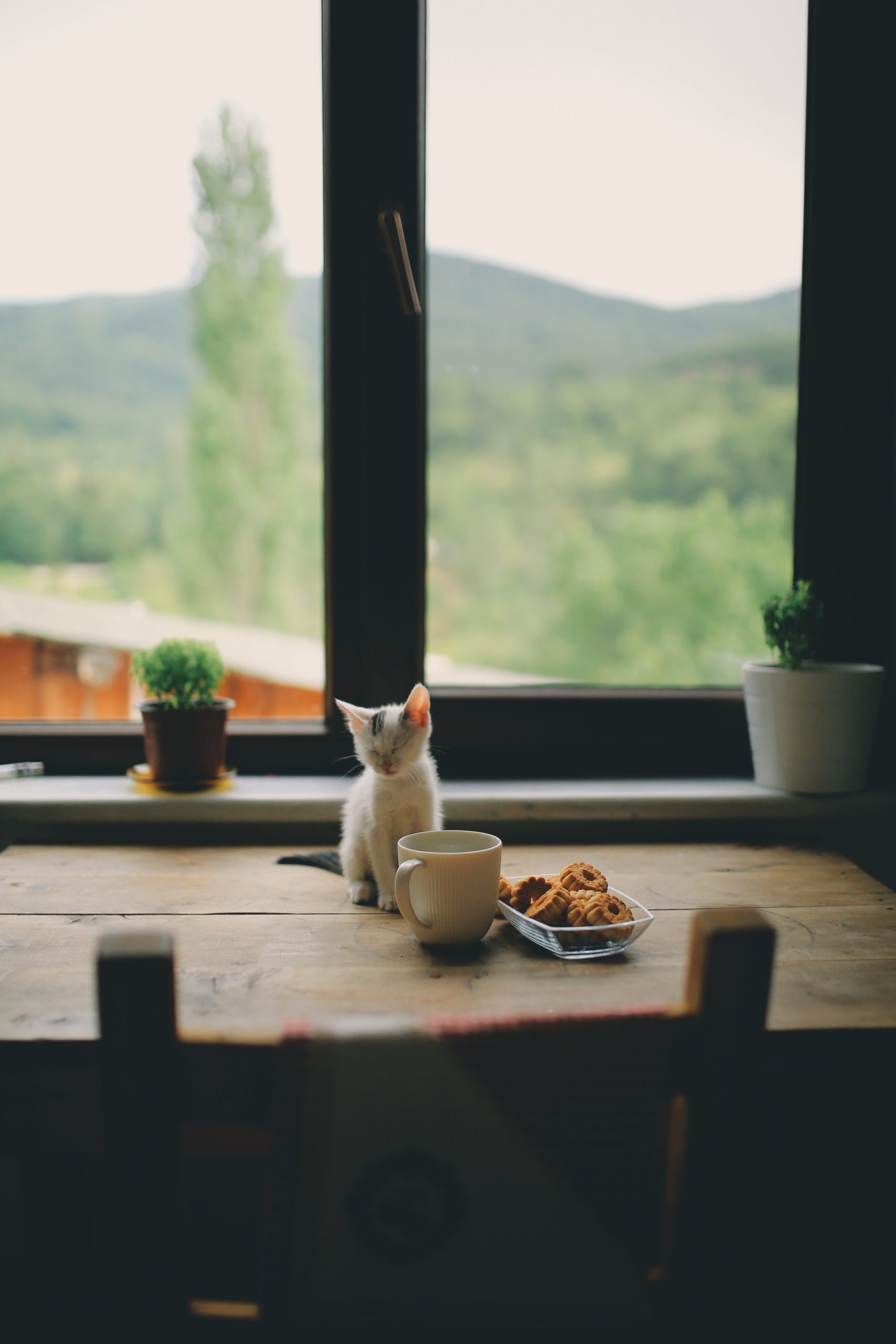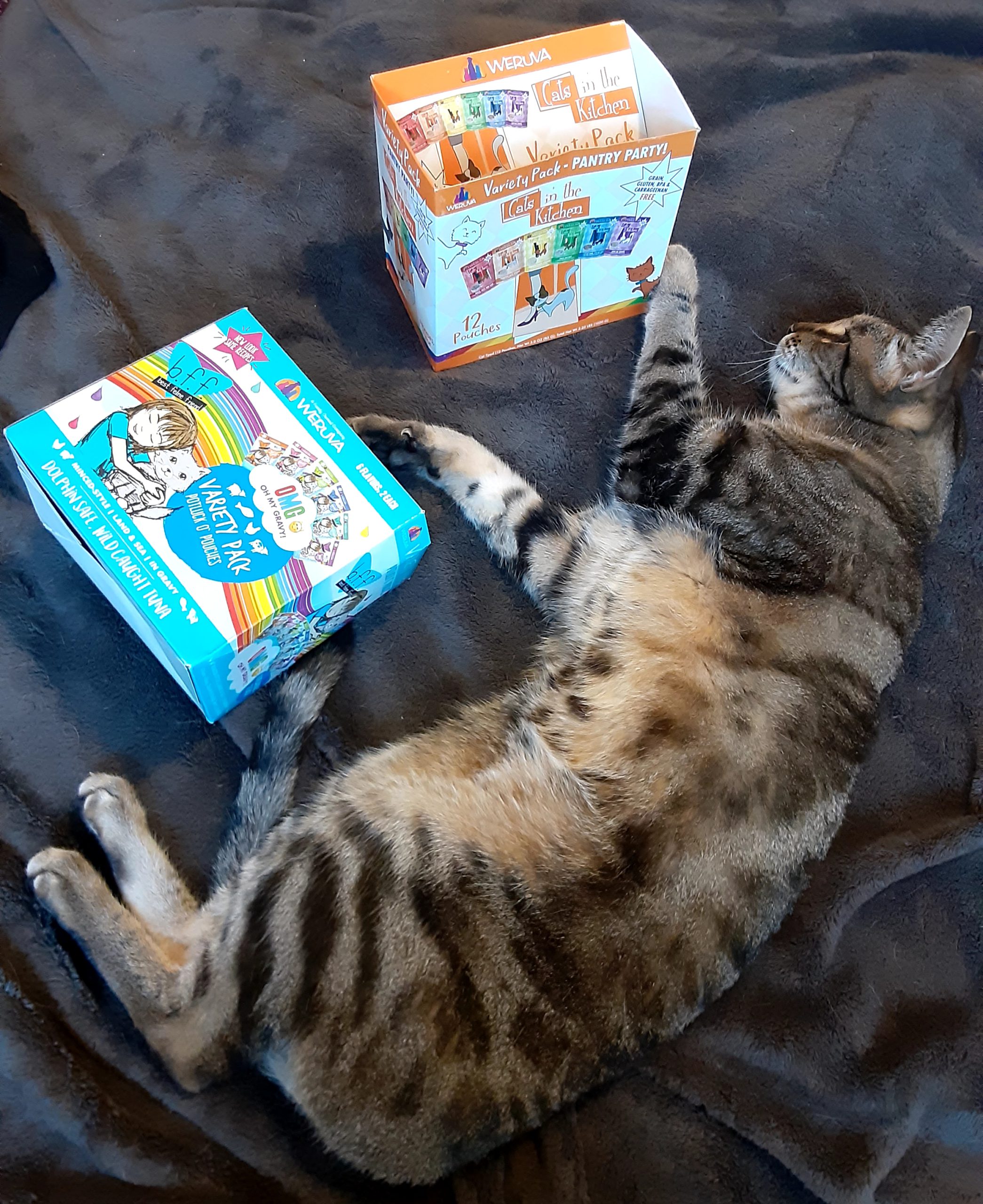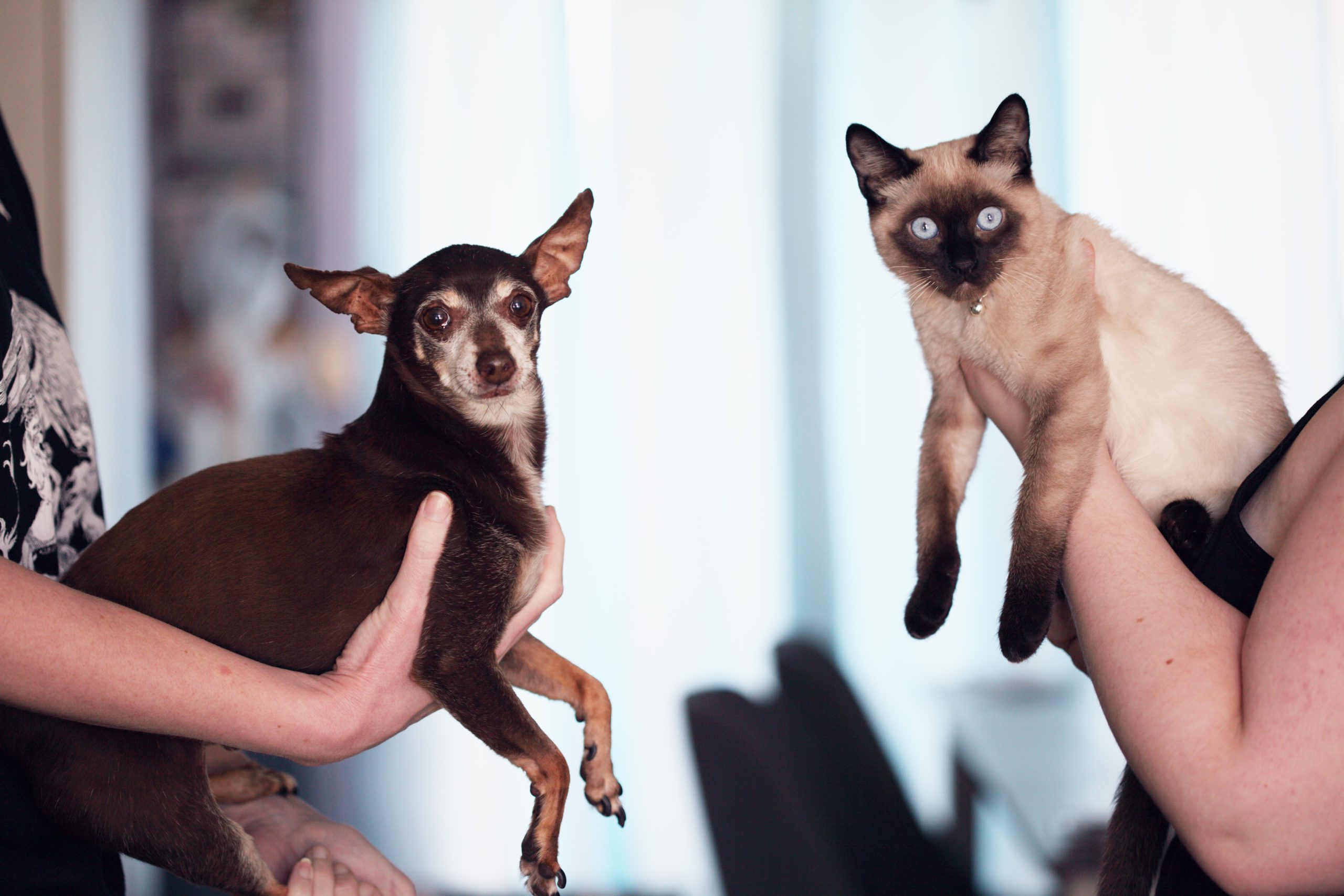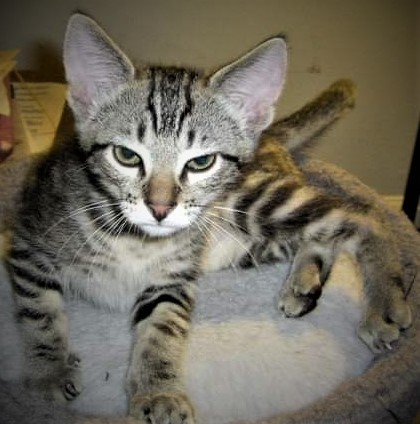
How often should you feed your new cat ?How often should you feed your new cat ?
May 28, 2021 0 Comments 05:12Pet parents are mostly confused about the quantity of food they should provide to their cat. And this results in an increase or decrease in body weight. Cats are usually more prone to the increased body weight or obesity. And therefore, it is important to have an adequate balance in[...]






